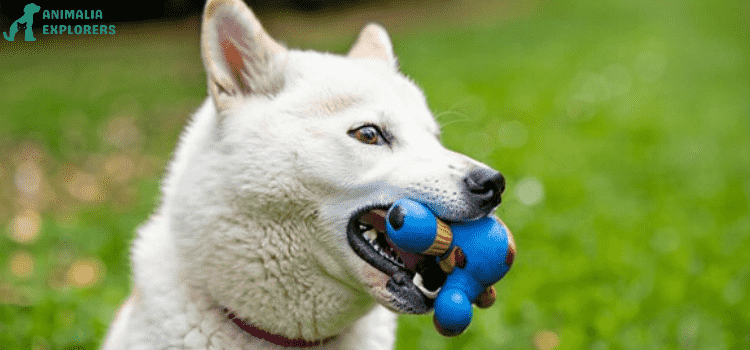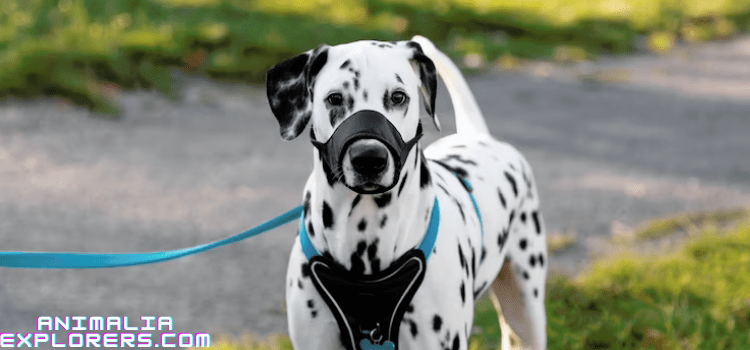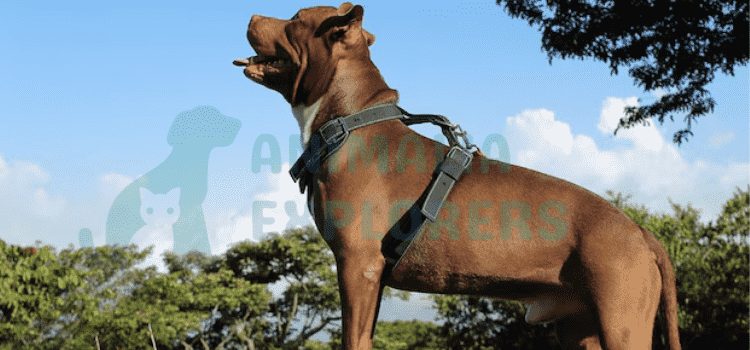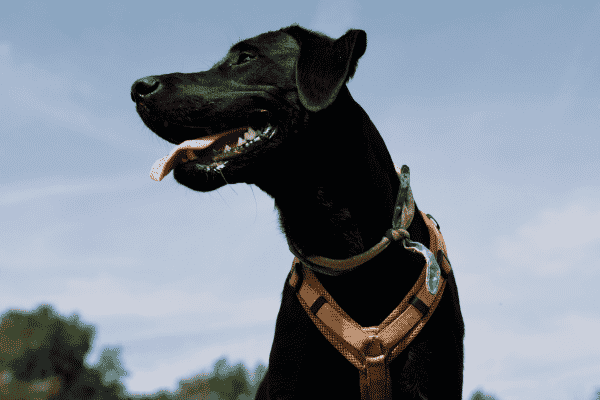Dog harness vs collar: Which is better for your pup?
Are you a proud dog parent who wants nothing but the best for your furry friend? If so, then you’ve probably found yourself torn between choosing a dog harness or collar. You’re not alone! This age-old debate has left many pet owners scratching their heads, wondering which option is truly superior. Well, fret no more because today we’re diving deep into the world of pup accessories to settle the score once and for all: Dog harness vs. collar – Which is better for your pup? So grab a cup of coffee, sit back, and let’s unravel this mystery together!
What is a Dog Harness Collar?
A dog harness is a type of collar that does not have a leash attachment. They are often worn by smaller dogs who may be prone to pulling on the leash, or by dogs who do not need a leash for exercise but still want to be supervised. A dog harness is also better for training purposes because it eliminates the possibility of your pup pulling on the leash and getting into trouble. Harnesses come in several styles, including English-style collars, braided nylon collars, and martingale-style collars.
Types of Dog Harness Collars

There are a few types of dog harnesses and collars on the market, each with its benefits and drawbacks. Here is a breakdown of the different types of harnesses, along with their main uses:
- E-collar style harnesses
These come in two varieties: those that use a static electric shock to correct your pup when he gets out of line, and those that emit an ultrasonic tone that helps keep your dog calm. They’re generally used for puppies or high-energy dogs who tend to get away from you quickly. - Buckle-style harnesses
These are less common than e-collar-style harnesses, but they’re usually better for bigger dogs because they distribute the weight more evenly. They also have the advantage of being adjustable to fit most sizes of dogs. - Traditional buckle-style harnesses
These are the most common type of harness and they work well for most dogs. The straps go around your dog’s chest and fasten at the back using a brass buckle. This type of harness is easy to put on and take off, but it can be less comfortable for your pup if it’s too tight. - ‘saddle’ style harnesses
This type is similar to a buckle-style harness, but it has a piece of leather or webbing that goes between your dog’s back legs and sits across his tummy (similar to how a saddle fits).
Benefits of Dog Harness Collars

There are a few reasons why people choose dog harnesses over traditional collars when training their pets. First of all, dog harnesses distribute the pressure evenly over the entire chest and neck, preventing pain and discomfort for your pup. This is especially important if you’re using a corrective collar, as harsh rubbing can cause lasting damage to your pup’s skin.
Secondly, most dog harnesses allow you to better control your pup by attaching him to an anchor point (usually the waistband) rather than directly around his neck. This makes it easier for you to move him around while training, and also prevents him from straying too far away from you.
Many dog harnesses come with built-in ID tags or other identification features, which makes them great for tracking your pup’s movements. If you’re ever lost or need to find your pup quickly, a harness will be much more helpful than a collar in terms of locating him/her.
When to Use a Dog Harness Collar
When choosing a dog harness or collar, it is important to look at your pup’s size, personality, and temperament. Harnesses are often preferred by larger dogs because they distribute the weight more evenly across their bodies and do not choke them. Collars are typically used by smaller dogs who may struggle to wear a harness because of their neck size.
Both dog harnesses and collars can be used for training purposes, but collars offer a bit more flexibility when it comes to adjusting the intensity of the correction. Harnesses should only be used as a short-term solution while training, as they can constrict blood flow and injure your pup’s neck. If you are using a leash with a harness, always make sure that it is long enough so that you can pull your pup without pulling on the leash itself.
How to Put on a Dog Harness Collar

There are a few things to consider when choosing which type of dog harness to put on your pup. The harness should fit comfortably and should distribute the weight evenly across your dog’s back. It is also important to choose the right size for your dog, as undersized or oversized harnesses can cause discomfort or even injury.
Here are some tips on how to put on a dog harness collar:
- Make sure the harness is fitted properly before you start putting it on your dog. Buckle the front and rear straps loosely at first, so that they can move around while you adjust the fit. Then, tighten the straps until they’re snug but not too tight.
- Place your dog in a sitting position with its chest against your chest. Cross their arms over their chest, then thread one strap through each of those loops and pull tight to secure them in place.
- Thread the second strap through each of those loops on the other side of your pup’s body, then pull tight to secure them in place.
- Buckle both straps tightly together near your dog’s shoulders, then adjust as necessary for a comfortable fit.
How to Take Off a Dog Harness Collar
There are two main types of dog harnesses: collar and leash. Collar harnesses have a buckle that attaches the strap around your dog’s neck, whereas leash harnesses have one long strap that goes over their back or shoulder and is attached to a ring on the front.
Some people prefer a collar because they think it’s more humane, while others find leashes more comfortable for their pets. The main difference between these two types of harnesses is how easily your dog can pull away from you. With a collar, you need to keep a tight grip on the leash to prevent it from getting away; with a leash harness, your dog will be able to move more freely and won’t get tangled up in the strap.
Ultimately, it comes down to what you feel is best for your pup. If you like having complete control over their movements, go for a collar harness; if you want them to stay close by but don’t want to worry about them getting away, go for a leash harness. Whichever type you choose, make sure to adjust it properly so it fits snugly and isn’t too tight or too loose – this will ensure that your pup doesn’t become agitated or uncomfortable while wearing it.
Tips for Training Your Puppy with a Dog Harness Collar
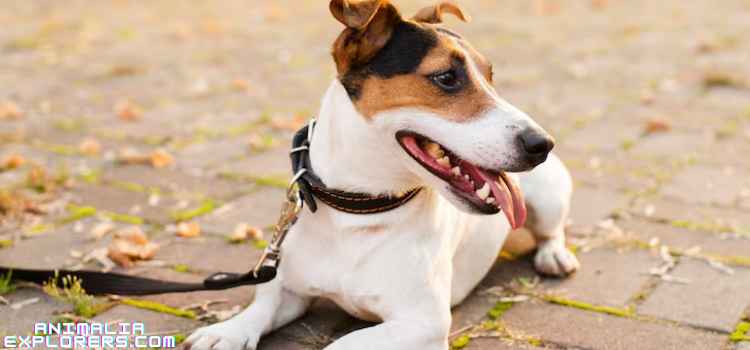
Here are some tips for training your puppy with a dog harness collar:
-Start early. Start training your pup in basic obedience commands such as sit, stay, and come when you put the harness on him. This will help him become comfortable with wearing the collar and learn the commands faster.
-Make sure the harness fits snugly. The tighter the fit, the better. If it’s too loose, your pup may be able to pull away from you or escape from the harness.
-Be consistent. Use the same commands and rewards every time your pup wears the harness. This will help him learn what is expected of him and make training easier overall.
-Use a gentle tone when training your pup with a dog harness collar. Avoid yelling or using harsh language – this will only make things harder for both of you!
What to Look for in a Good Dog Harness
When it comes to choosing a harness for your dog, there are a few things to consider. First, you’ll want to make sure the harness is comfortable for your pup. Second, you’ll want to find a harness that fits properly and is adjustable. Third, make sure the harness has enough padding so that it doesn’t cause discomfort or irritation. Fourth, be sure the harness has a sturdy closure system so that it doesn’t come undone while your pup is out running around or playing. Fifth, look for a harness that allows you to attach accessories such as leashes and ID tags. Be sure to select a harness that is safe for both you and your dog!
History of the Dog Harness Collar
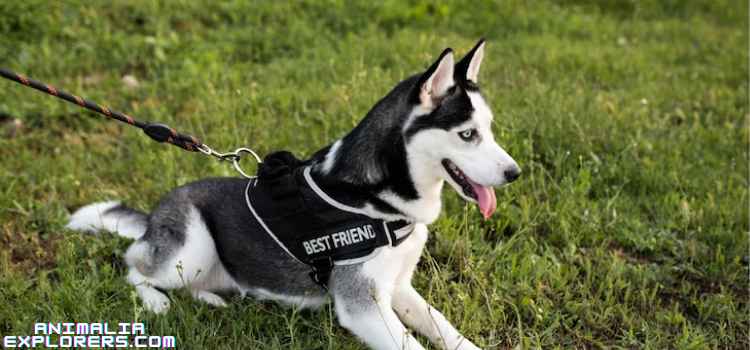
An extensive and varied history has been written about the dog harness collar. Originally, harnesses were made from cloth or leather and were simply strapped around the dog’s torso. Harnesses of this era were not very effective at restraining the dog and often resulted in tangled straps.
The first effective dog harness was created by an Englishman named John Hanmer in 1819. Hanmer’s collar featured a belt-like strap that was attached to a collar around the dog’s neck. The belt was looped around the dog’s chest and tightened using a strap that ran down the dog’s spine. European hunters and farmers quickly adopted this design because it proved to be very effective at restraining dogs.
Hanmer’s design had one major drawback: it was extremely uncomfortable for dogs. As a result of the heavy strap on their necks, dogs would often become distressed, and they would often refuse to wear their harnesses.
Enterprising Spaniard Juan Bautista Velasco developed another improved version of Hanmer’s design in 1878. Velasco’s design featured a shoulder strap that was attached to a collar around the dog’s neck, rather than a belt-like strap. This eliminated much of the weight from the straps, making them much more comfortable for both dogs and their owners.
My top picks for the best dog harness collars on the market
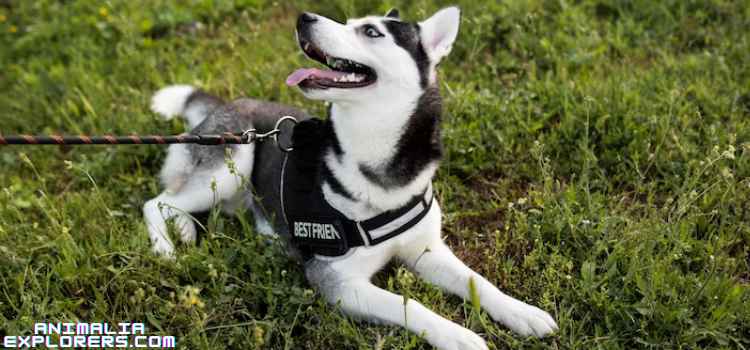
There are many different types of dog harnesses and collars on the market, so it can be difficult to decide which one is best for your pup. Here are my top picks for the best dog harnesses and collars on the market:
The 1st option is a traditional collar with a leash attachment. This type of collar is best for smaller dogs that haven’t grown too large or powerful yet. It’s also a good option for dogs that don’t have a lot of energy and need to be kept close to their owners.
The second option is a full-body harness. This type of harness offers more freedom and control to your dog than a traditional collar, while still providing safety and containment. They’re also good for larger dogs that might try to pull away from you when wearing a traditional collar.
The third option is a head harness. These are perfect for medium-sized or larger dogs that might try to pull away from you when wearing a traditional collar. They offer less freedom and control than full body or neck harnesses, but they’re still an effective way to keep your pup close by.
Pros and Cons of Dog Harnesses
When it comes to choosing a dog harness or collar, there are some pros and cons to consider. A collar is better for dogs who pull on the leash often, as the collar will distribute the force more evenly. Harnesses can also help keep your pup in one place if you’re walking them on a loose leash, and they’re generally less uncomfortable for your pup than a collar.
However, harnesses can be less effective if your dog has a strong neck or shoulders, as the straps may be too tight. They can also be less comfortable for long walks, as they tend to rub against your dog’s skin. Collars typically come with a built-in ID tag, while harnesses do not. If you ever plan on getting your pup spayed or neutered, make sure to get them registered with their new identification number!
FAQs
1. Why use a dog harness instead of a collar?
Dog harnesses are preferable to collars because they provide better control during walks, distribute pressure evenly across the body, and reduce the risk of neck injuries or choking, making them safer and more comfortable for your pet. Harnesses are especially useful for dogs that tend to pull on the leash or have respiratory issues, as they alleviate strain on the neck.
2. Why do people leave harnesses on dogs?
People often leave harnesses on their dogs because they are comfortable for extended wear, making them suitable for quick leash attachment during walks or outdoor activities. Additionally, harnesses allow easy identification with ID tags, ensuring your dog can be identified and returned safely if it ever gets lost.
3. What is the benefit of a dog collar?
Dog collars serve multiple purposes, including attaching identification tags with contact information and vaccination details. They are also valuable for basic training, such as leash training, and can be used alongside a harness for added control. However, it’s essential to ensure that collars are appropriately fitted to prevent discomfort or injury to the dog’s neck.
Conclusion
Collars are a common training tool for dogs, but many people don’t know that they also come in harness styles. A dog harness is a good option if you want to be able to control your dog more easily while you’re walking or running with him, and it’s also a good option if your dog tends to pull on the leash. A collar is better if you want to prevent your dog from pulling on the leash at all costs, as it will keep him restrained even if he does start to pull. Which style of collar or harness is best for you and your pup will depend on his personality and habits.

